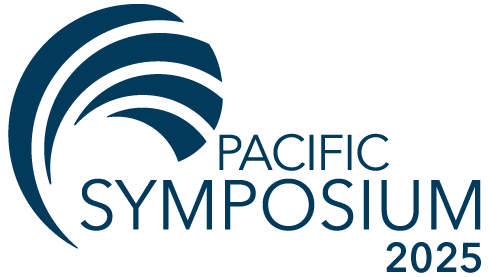In this presentation, we will discuss anatomical regions that predispose spinal and peripheral nerves toward compression. Often from a narrowed tunnel or due to a thickening of an overlying myofascial structure, nerve compression can decrease the nerve’s potential to nourish the innervated tissue. There are varying levels of nerve compression, which many times can be a silent contributor to musculoskeletal pain located distal to the entrapment site. The anatomical locations of the nerve entrapments can be viewed as “binding regions” of the channel sinews. Traditionally, as discussed in Chapter 13 of the Ling Shu, binding regions are areas in the sinew channels that are susceptible to stagnation of qi and blood. Understanding the anatomy of nerve entrapment can greatly help the TCM practitioner to assess and treat possible binding regions that could be contributing to the patient’s pain and dysfunction.



